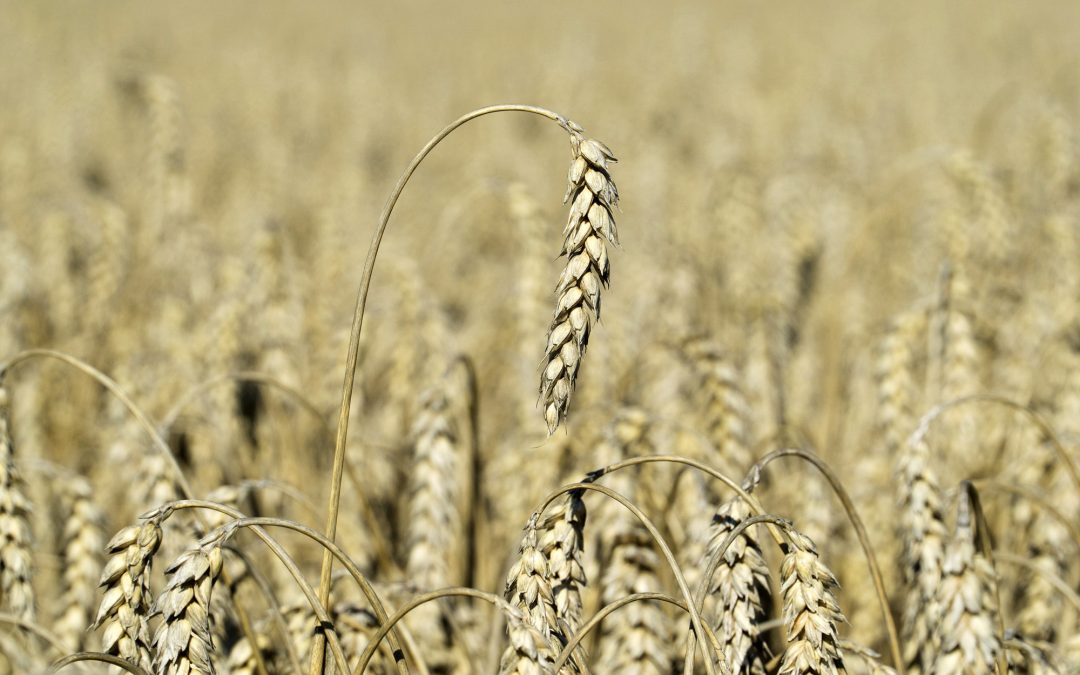“Brazil’s soybean harvest is behind schedule due to heavy rain with exports down 31% y/y in the first two months of 2023. But despite the slow start, Brazil is headed for a record harvest and a sharp increase in exports during the coming months,” says Filipe Gouveia, Shipping Analyst at BIMCO.
This year’s soybean harvest is expected to reach 152.9 million tonnes, 21.8% higher than in 2022, according to the National Supply Company (CONAB). As of 6 March, 44% of the planted area has been harvested, 9 percentage points lower than at the same time last year. Despite the rain causing harvest delays, the weather does not appear to have resulted in significant crop loss so far. Therefore, it is expected that the peak loading period is merely delayed.
“As the world’s largest soybean exporter, Brazil’s strong harvest will aid market conditions for grain shipping in 2023. A recovery in export volumes will aid panamax rates in the Atlantic basin as they transport over 85% of Brazilian soybeans and grains account for around half of panamax cargo loadings in the Atlantic,” says Gouveia.
The soybean trade is very sensitive to supply and demand shocks as it revolves around a small number of exporters and importers. Last year, drought in Brazil caused a reduction in both production and export volumes, resulting in higher global soybean prices and demand destruction. In the current marketing year, Brazil and the US should account for 55% and 32% of total world exports respectively, while China is expected to account for 59% of imports.
China’s appetite for soybeans is expanding and imports rose 16% y/y in the first two months of 2023. Improved economic conditions and lower soybean prices are likely to cause a rebound in import demand in 2023. Last year, high soybean prices and low profit margins in Chinese soybean crushers caused Chinese soybean imports to fall 6%.
“Driven by higher production and demand, Brazilian soybean exports are estimated to jump 19% in 2023 and expected to be the key driver of global grains exports. Wheat and maize supplies are estimated to remain strained, not least due to lower Ukrainian volumes,” says Gouveia.
Source: Hellenic Shipping News





